Game Consultant: Aileen
Telegram:@qpkf1688
WhatsApp:+62089514312309
E-mail:Aileen@foxuc.cn
Telephone:400-000-7043
Wechat:

As the Middle East is projected to reach a gaming market valued at $6.34 billion in 2024, it stands as one of the fastest-growing gaming regions globally, with over 150 million gamers—a 10% increase in 2023. According to data from Snapchat, the average revenue per user (ARPU) for mobile games in Saudi Arabia alone reached $270 in 2022, placing it first worldwide, with more than 60% of players expressing a willingness to spend. Additionally, several Middle Eastern countries have gradually relaxed regulations surrounding chess and card games, favoring the growth of the gaming industry. Thus, the Middle Eastern gaming market presents significant opportunities for development.
Localization Strategies
1. Prioritize UI (user interface) Design
Localization of game content is essential for successfully introducing board games to the Middle East. Incorporating artistic designs and sound styles that reflect local cultural characteristics can provide players with a profound sense of immersion.
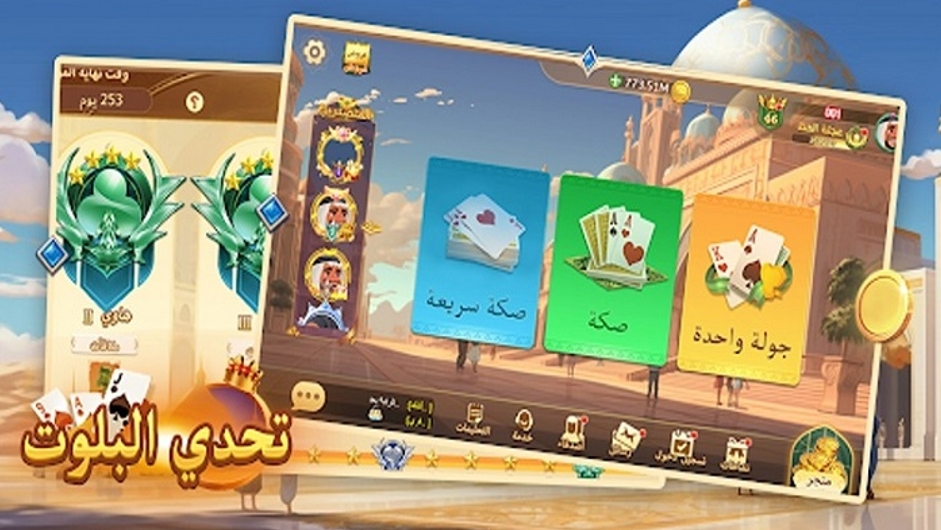
For instance, the game’s backgrounds and scenes can feature Middle Eastern-style mosques, arches, and intricately carved materials. The game interface, cards, and chips can incorporate traditional Middle Eastern geometric patterns and floral textures. Additionally, a rich color palette featuring gem tones such as blue, green, gold, and red can evoke a luxurious and mysterious atmosphere.
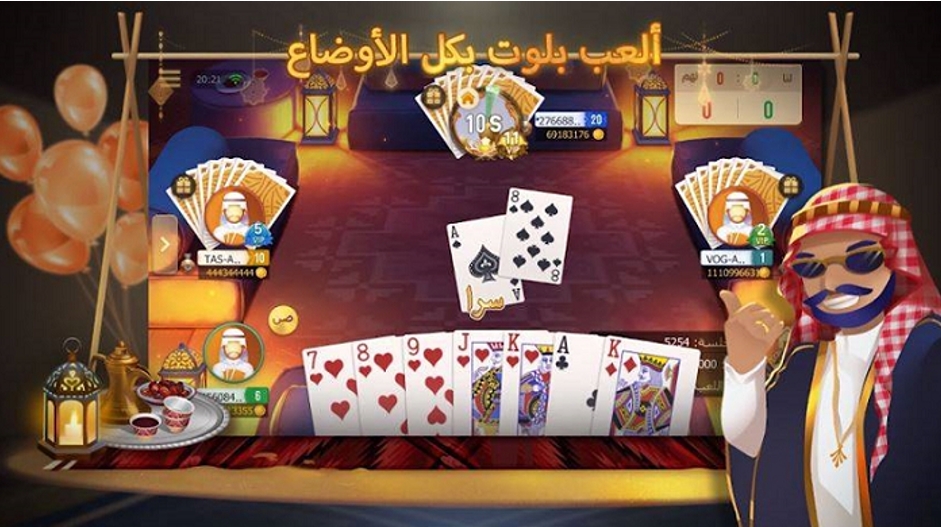
Background music and sound effects should utilize traditional Middle Eastern instruments, such as the oud, qanun, and daff drums, to reinforce the ethnic style and enhance players' immersive experience.
2. Integrate Social Features
Given the strong demand for social networking among users in the Middle East, a "game + social" model has become a prominent approach. The integration of chat functionality in chess and card games has been well-received, and optimizing this feature can significantly enhance user experience and retention. Here are some design suggestions for the chat function:
Firstly, ensure that the chat function is easily accessible, with clear buttons that allow users to quickly navigate to it. Secondly, implement efficient voice quality that supports chat in various network conditions, minimizing latency and background noise to ensure a stable and fluid experience. Finally, prioritize user privacy by offering anonymous chat options, encrypted conversations, and robust measures to prevent information leakage.
Besides, can also enhance the interactivity of chat functions, foster community building and social networking, etc.
3. Enhance the Membership Level System
The high spending potential and awareness of value among Middle Eastern consumers make them receptive to membership systems. Therefore, developing a comprehensive membership hierarchy and offering refined services and privileges can meet player expectations. Conventional VIP offerings often include exclusive items, daily gift packs, expedited services, and special activities. However, additional features can be integrated:
Firstly, establish dedicated chat channels for VIP players to facilitate exclusive communication. Then, we can create distinctive titles for VIP members that are displayed in-game, highlighting their status. Furtherly, develop a exclusive community for VIP players to enhance their interactions and engagement.
Reference Popular Chess and Card Games in the Middle East
1. Baloot
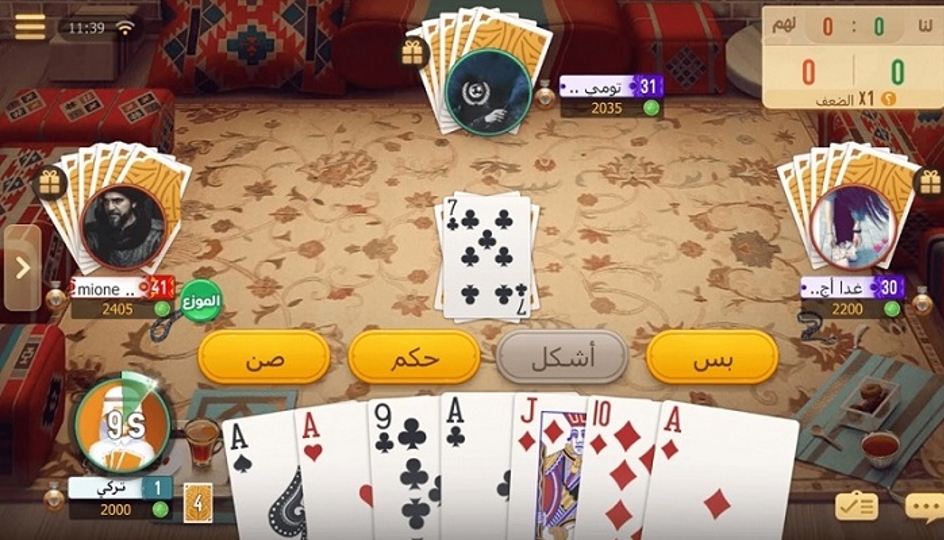
This card game is native to the Middle East and ranks among the most popular in Arab countries. It involves four players divided into two teams, with the objective of collecting points by capturing opponents' cards. The team with the highest score wins.
2. Rummy
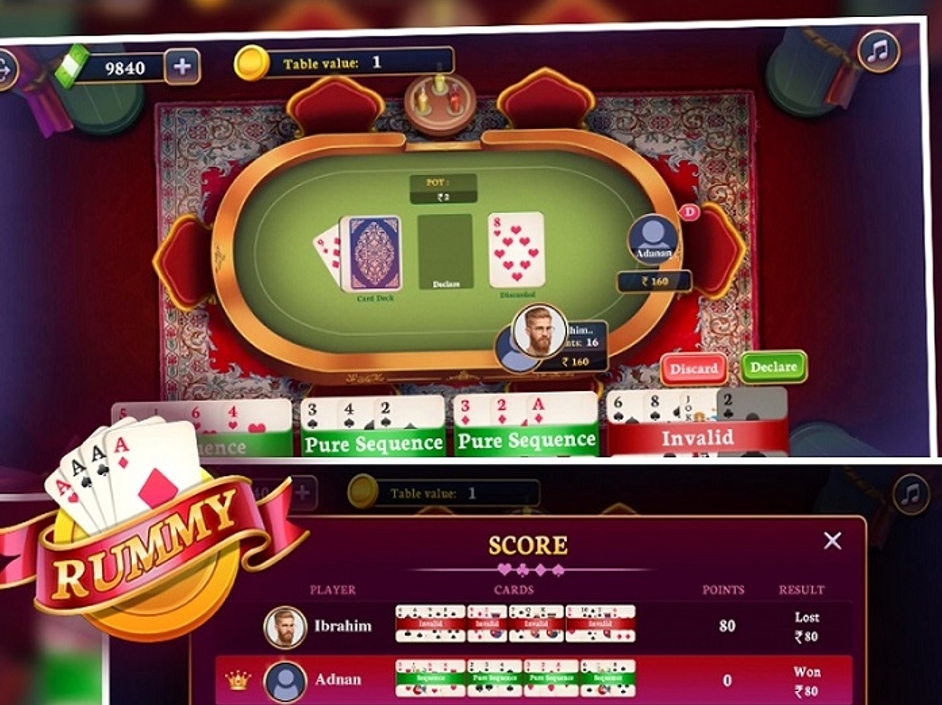
Originating from India, Rummy is popular in Saudi Arabia, the UAE, and other countries. Players aim to arrange their 13 cards in a specific sequence to win as quickly as possible.
3. Okey
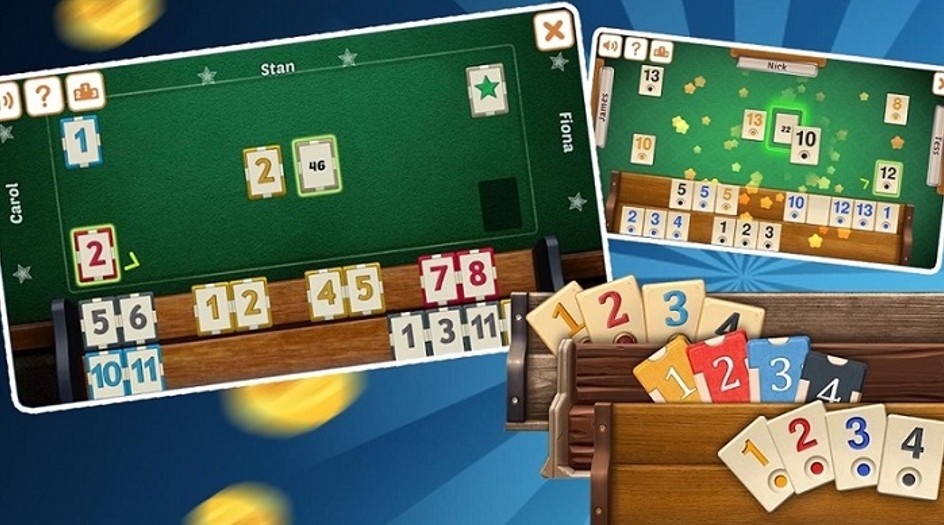
While Baloot and Rummy are dominant in Saudi Arabia and the UAE, the game "Okey" is preferred by players in Turkey, which accounts for nearly 40% of the entire Middle Eastern chess and card market.
Conclusion
The Middle East is currently a burgeoning hub for international gaming, and respecting local cultures is essential when introducing chess and card games. Successfully adapting cultural content requires a deep understanding of user psychology, market conditions, and cultural insights.

